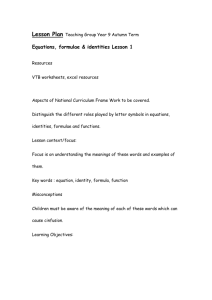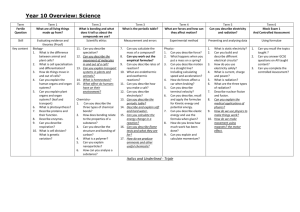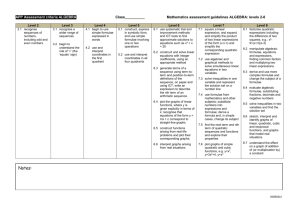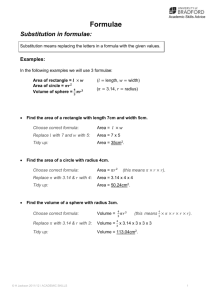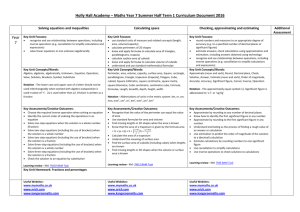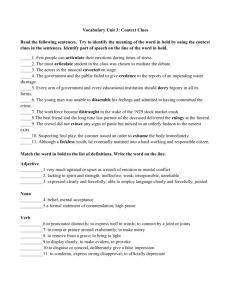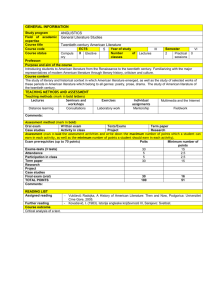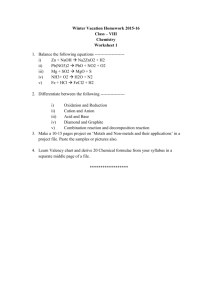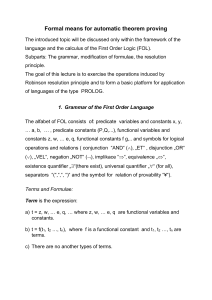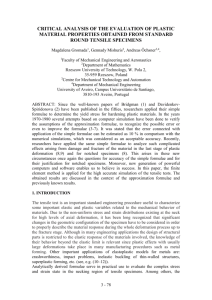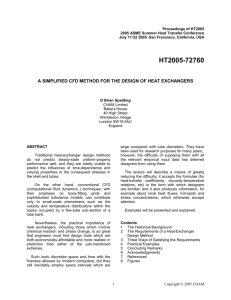Provisional decisions in theory paper marking
advertisement
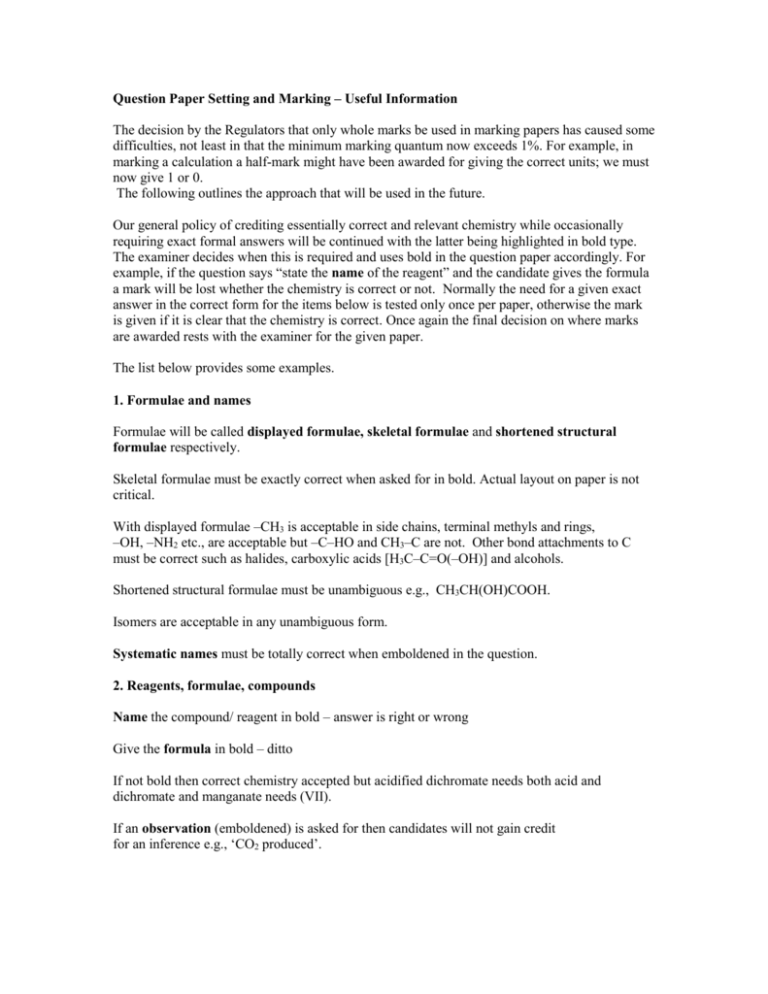
Question Paper Setting and Marking – Useful Information The decision by the Regulators that only whole marks be used in marking papers has caused some difficulties, not least in that the minimum marking quantum now exceeds 1%. For example, in marking a calculation a half-mark might have been awarded for giving the correct units; we must now give 1 or 0. The following outlines the approach that will be used in the future. Our general policy of crediting essentially correct and relevant chemistry while occasionally requiring exact formal answers will be continued with the latter being highlighted in bold type. The examiner decides when this is required and uses bold in the question paper accordingly. For example, if the question says “state the name of the reagent” and the candidate gives the formula a mark will be lost whether the chemistry is correct or not. Normally the need for a given exact answer in the correct form for the items below is tested only once per paper, otherwise the mark is given if it is clear that the chemistry is correct. Once again the final decision on where marks are awarded rests with the examiner for the given paper. The list below provides some examples. 1. Formulae and names Formulae will be called displayed formulae, skeletal formulae and shortened structural formulae respectively. Skeletal formulae must be exactly correct when asked for in bold. Actual layout on paper is not critical. With displayed formulae –CH3 is acceptable in side chains, terminal methyls and rings, –OH, –NH2 etc., are acceptable but –C–HO and CH3–C are not. Other bond attachments to C must be correct such as halides, carboxylic acids [H3C–C=O(–OH)] and alcohols. Shortened structural formulae must be unambiguous e.g., CH3CH(OH)COOH. Isomers are acceptable in any unambiguous form. Systematic names must be totally correct when emboldened in the question. 2. Reagents, formulae, compounds Name the compound/ reagent in bold – answer is right or wrong Give the formula in bold – ditto If not bold then correct chemistry accepted but acidified dichromate needs both acid and dichromate and manganate needs (VII). If an observation (emboldened) is asked for then candidates will not gain credit for an inference e.g., ‘CO2 produced’. 3. Significant Figures Numerical results are marked strictly if the number of figures required is in bold; otherwise excessive figures accepted but not bad truncation; e.g., 0.092 as 0.10 not acceptable. 4. Equations State symbols not required. Inorganic equations and ionic equations must be balanced. Organic equations – all reactants and essential products must be given but balancing will not be required (other than in exceptional cases). Ionic equations may be used when appropriate but will be emboldened when specifically required. 5. Units Units must be given, if not stated in the question. A mark will be generally be allocated to any units required but when that is not the case, candidates will not be penalized more than once per paper for omission of units. 6. Acids Organic – sulfuric and nitric are assumed conc. (except for hydrolysis when some reference to water will be expected). Inorganic – the above and hydrochloric are assumed to be dilute; In both cases, HCl is the dilute acid, hydrogen chloride is the covalent gas. 7. Electrons in boxes Arrows needed in all cases; direction of arrows in singly occupied orbitals is not considered but paired electrons must have opposed arrows. 8. Ionisation Energy and Periodic Table This has caused problems over the years mainly by candidates omitting nuclear charge and focusing on distance from nucleus. Main factor is effective nuclear charge, Z* = Z – s, where s is electron shielding term (Slater’s rules enable a simple rough estimate of s to be made). Distance from nucleus, r, is inversely related to Z* and not really an independent factor. Z* must be defined, words OK, by the candidate and not just given without explanation. A background sheet on this is available that may help teachers to wean candidates away from using distance from the nucleus as an explanation. PB October 2010
